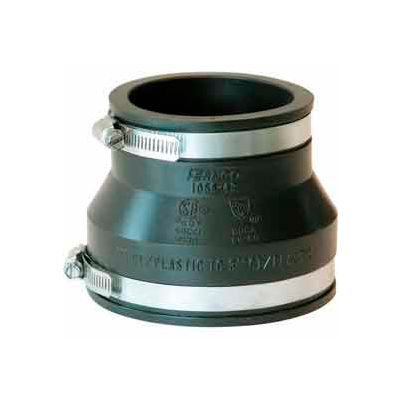

With our help, we’ll help you ensure everything in your home. This article explains everything you need to know about connecting a cast iron pipe to your system. So whether you want to repair a busted pipe, connect your system to something new, or do standard maintenance, connecting a cast iron pipe is surprisingly easy. And while they may seem dated, they are versatile pipes that can still connect with modern designs almost seamlessly. And although modern pipes like PVC and CPVC are becoming more popular, there’s still something undeniably classic about cast iron.Ĭast iron pipes are often the default plumbing system in many old and refurbished houses. A crazy, but to my way of thinking, durable solution for this awful predicament.Since the 17 th century, cast iron pipes have been instrumental in transporting water, gas, and sewage. The flange is flooded with the PVC cement so should never leak there. This ferrule fits nicely down into the cut off iron pipe. What to do? I remembered that I had a stainless steel truck mud flap and I decided to cut off a strip that I could form into a flanged ferrule.

Even a 1 ¼” PVC tail piece would not fit. The opening in the remaining cast iron pipe is less than the o.d. I DARE Father Time to cause my nut to fail in the next 50 years!Since I am a retired ‘belts and suspenders’ kind-of engineer, I thought it might be a good idea to try and make sure that the drain water never even gets in direct contact with my modified rubber cap. test!) So I wrapped layers over the stainless steel and saturated the cord with CA adhesive. To give the nut strength, I cut a groove around the nut and wrapped some stainless steel wire around in the groove… I only had enough for three wraps… As a safety measure I remembered that I have a big spool of 0.5 mm Kevlar braided cord (100 lb. The solution was to cut a slot in the nut so it could expand to the right diameter. Because pipe threads are tapered, I could not spin my homemade nut on far enough to tighten. My only problem was that I did not have a nut that would hold the MPT securely in the hole of my cap.My solution to that was to make a custom PVC nut out of a section of FPT thread in a PVC cap. The fitting is a 1 ½” PVC MPT to Female Slip. I then thought I could mount a PVC fitting into a hole sawn in the cap. I thought that this rubber cap would stretch enough to fit. Time to get creative and apply my shop capabilities to fabricate a durable transition to this non-pressurized piping application.I found they had a Fernco 3” rubber cap that has an i.d. NO WAY in that severely restricted space was I going to fire-up a screaming hot high output blowtorch!At the local home center I could not find a stock way to make the transition from the cast iron hub to the PVC. The other way would be to use a blowtorch to melt out the lead and dig out the oakum packing so that I could insert a rubber bushing. There appeared to be no possibility of cutting off the sewer pipe hub and then using a rubber reducer to mate up with 1 ½” PVC pipe. Fun Eh?I decided to buy a cheap Sawzall clone so I could cut the rotted pipe off flush with the hub of the 4” sewer pipe buried in the ground. Clearance? About 2 inches off your chest while laying on your back and about 6 inches wider than my shoulders… When you get in as far as possible, my legs are still in the tunnel. Well, there is access as long as you are willing to insert your torso in a 4 ft long tunnel under the duct work and between brick foundation piers.

Inaccessible because duct work had been installed years later with total disregard for cutting off access to the plumbing. There is no space high enough to sit upright under the floor joists anywhere, much less where I needed to work. Where? In the most inaccessible part of a crawl space, really slither space, under a 64 year old house. Maybe you will find this entertaining.Here was my dilemma… 2” Cast iron drain piping to a seldom used bathtub was found to have rusted out completely.


 0 kommentar(er)
0 kommentar(er)
